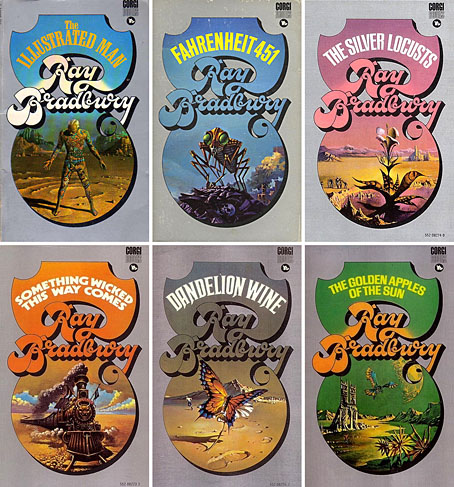
You could spend all day picking out choice quotes. So much is still pertinent.
From ‘Women’s Liberation: Feminism and Its Discontents’:
Those who have been treated cruelly will treat others cruelly. This seems to be a fact of our condition. The Patriarchs have every reason to be fearful of woman’s revenge should she achieve equality. He is also faced with the nightmare (for him) of being used as a sexual object or, worse, being ignored (the menacing cloud in the middle distance is presently no larger than a vibrator). He is fighting back on every front.
Take pornography. Though female nudes have been usually acceptable in our Puritan culture, until recently the male nude was unacceptable to the Patriarchs. After all, the male—any male—is a stand-in for God, and God wears a suit at all times, or at least jockey shorts. Now, thanks to randy Lilith, the male can be shown entirely nude but, say the American censors, never with an erection. The holy of holies, the totem of our race, the symbol of the Patriarchs’ victory over the Great Mother, must be respected. Also, as psychologists point out, though women are not as prone to stimulus through looking at pictures as men (is this innate or the result of conditioning?), they are more excited by pictures of the male erect than of the male at ease. And excitement of course is bad for them, gives them ideas, makes them insatiable; even the ancient Greeks, though freer in sexual matters than we, took marriage seriously. As a result, only unmarried girls could watch naked young men play because young girls ought to be able to look over a field which married women had better not know about.
Today we are witnessing the breakup of patterns thousands of years old. The patriarchal response is predictable: if man on top of woman has been the pattern for all our known history, it must be right. This of course was the same argument he made when the institution of slavery was challenged. After all, slavery was quite as old an institution as marriage. With the rejection of the idea of ownership of one person by another at the time of our Civil War, Women’s Lib truly began. If you could not own a black man, you could not own a woman either. So the war began. Needless to say, the forces of reaction are very much in the saddle (in every sense), and women must fight for their equality in a system which wants to keep them in manageable family groups. buying consumer goods. raising future consumers, until the end of time—or the world’s raw resources, which is rather closer at hand.
The New York Review of Books, July 22, 1971
From ‘Pink Triangle and Yellow Star’:
Although our mental therapists and writers for the better journals usually agree that those who prefer same-sex sex are not exactly criminals […] or sinful or, officially, sick in the head, they must be, somehow, evil or inadequate or dangerous. The Roman Empire fell, didn’t it? because of the fags?
Our therapists, journalists, and clergy are seldom very learned. They seem not to realize that most military societies on the rise tend to encourage same-sex activities for reasons that should be obvious to anyone who has not grown up ass-backward, as most Americans have. In the centuries of Rome’s great military and political success, there was no differentiation between same-sexers and other-sexers; there was also a lot of crossing back and forth of the sort that those Americans who do enjoy inhabiting category-gay or category-straight find hard to deal with. Of the first twelve Roman emperors, only one was exclusively heterosexual. Since these twelve men were pretty tough cookies, rigorously trained as warriors, perhaps our sexual categories and stereotypes are—can it really be?—false. It was not until the sixth century of the empire that same-sex sex was proscribed by church and state. By then, of course, the barbarians were within the gates and the glory had fled.
Today, American evangelical Christians are busy trying to impose on the population at large their superstitions about sex and the sexes and the creation of the world. Given enough turbulence in the land, these natural fascists can be counted on to assist some sort of authoritarian—but never, never totalitarian—political movement. Divines from Santa Clara to Falls Church are particularly fearful of what they describe as the gay liberation movement’s attempt to gain “special rights and privileges” when all that same-sexers want is to be included, which they are not by law and custom, within the framework of the Fourteenth Amendment.
The Nation, November 14, 1981
Previously on { feuilleton }
• Gore Vidal on American tolerance






